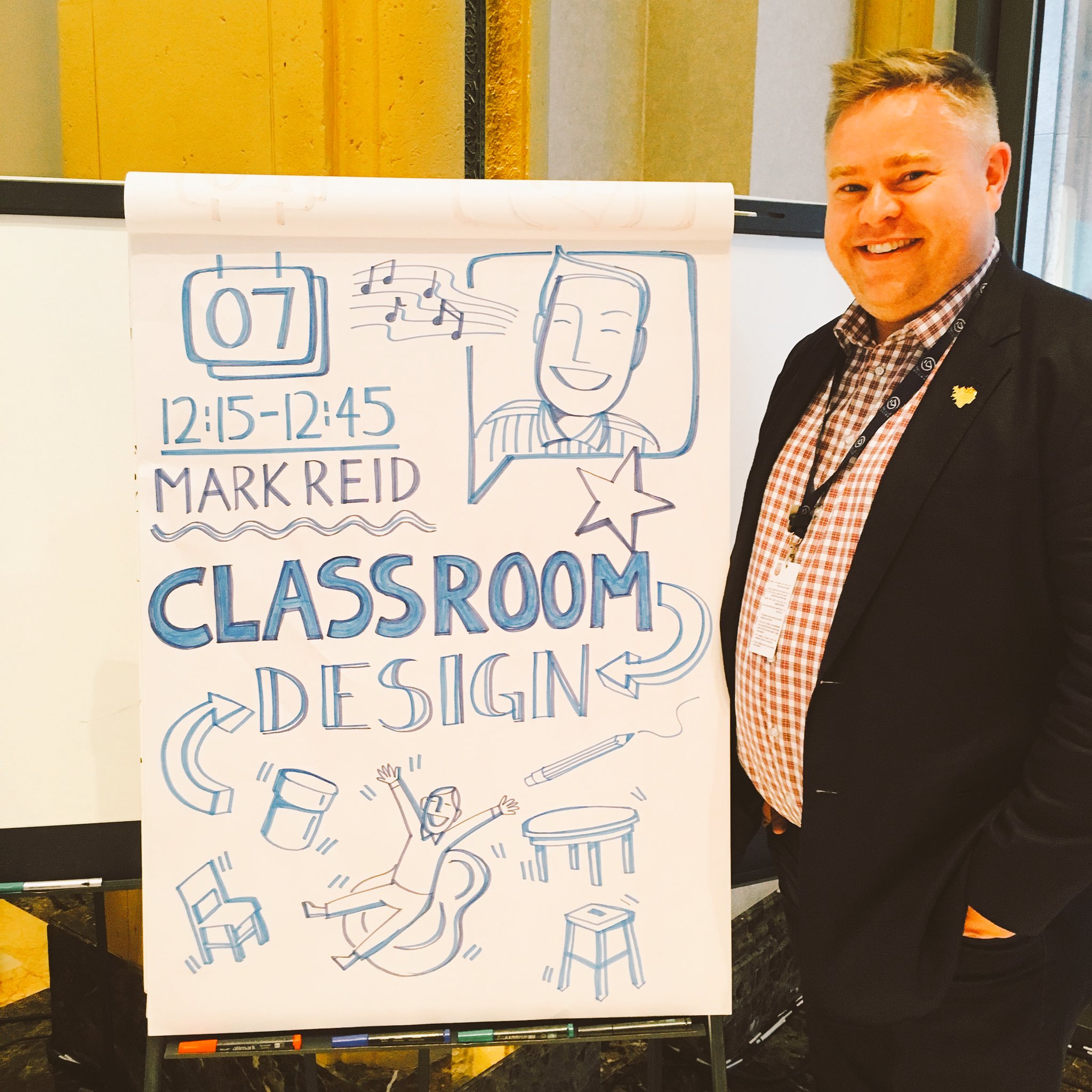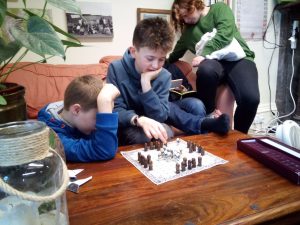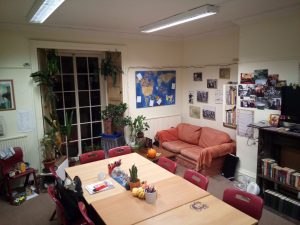
Mark Reid, Space2Learn Co-Editor
SET-BC
Vancouver, British Columbia, Canada
![]() @mmgreid
@mmgreid
“Careful the words you say. Children will listen.” – Stephen Sondheim (from Into the Woods)

The Qudwa Forum in October brought together a number of wonderful diverse conversations in close proximity to one another. It was a really fulfilling experience examining elements of education systems from around the world. Amidst the progressive dialogue, the Coffeehouse Session on “Classroom Design” challenged the notion that classrooms are a universally present component of the learning experience of children. As I’ve previously written, we know this isn’t the case. One simply needed to ask participants if any of their teaching occurs in a space other than a classroom. The response was staggering. Responses included “a room in a brothel in Mumbai”, “in the open space in a village in Mozambique”, and “wherever we can find a place that day”. These are pretty powerful messages about the diverse realities for education worldwide.
Now that a summary of the coffeehouse session has been published, I thought I might provide further detail about the session’s content. I should also complete a partially-captured thought about architects and their role in designing schools. What is absent from the summary is the initial point about the title “Classroom Design” being assigned to the session. It was really inspiring to hear participants readily agree that our language would exclude the term ‘classroom’ to take a more inclusive approach.
The important expectation for the session was that participants must link a design element with a particular learning goal. Impressively but not unexpectedly, every response met this with agreement and participants offered quality perspectives. Mike Wamaya, for example, made his point through establishing a powerful paradigm that “the students are the school, not the structure”. João Couvaneiro described students arranging themselves for collaborative and supportive work by forming themselves in groups as if they were constellations.
The message that tied so many perspectives together was the idea that the value of a learning space is enhanced when it has a familiarity to it. If students can relate to the space, they are more likely to feel connected to both the space and the learning. Mirroring the community into any learning space isn’t a significant challenge, but does take some mindful effort from both students and teachers.

Before I end up with a stream of questions or criticisms about an architect’s role in designing a school, I’d ought to complete the thought that was captured in the summary. I was being sincere when I commented that an architect (alone) is poorly equipped to design a school. Traffic flow and acoustics are just two critical and procedural considerations for design of a school building or learning space. The intelligent design is found in pedagogical factors, the capacity for space to guide or encourage natural gathering places, foster collaboration and interaction, and maximize the learning space footprint. This means considering how learning seamlessly continues from within a building to beyond its walls.
I invite you to read the posted summary from the Qudwa Forum and engage colleagues in some conversation on this topic. It may require making some time to connect with colleagues and focus on this topic. Students see how we construct and value a place for them to learn. They watch and they listen to how we establish, relate to, and engage the learning space. I would challenge you, then, to invite students to be the architects of their own learning space design. This is an excellent way to democratize the learning experience, which I know will make Sean Bellamy proud!


Mark Reid is a former Top 50 Finalist for the Global Teacher Prize, Varkey Teacher Ambassador, Qudwa Fellow, TeachSDGs Ambassador, and the 2013 MusiCounts Teacher of the Year. He specializes in facilitating dialogue that connects policy and practice. With a background in music education, Mark has experience in the classroom and as a provincial curriculum coordinator at the BC Ministry of Education.





